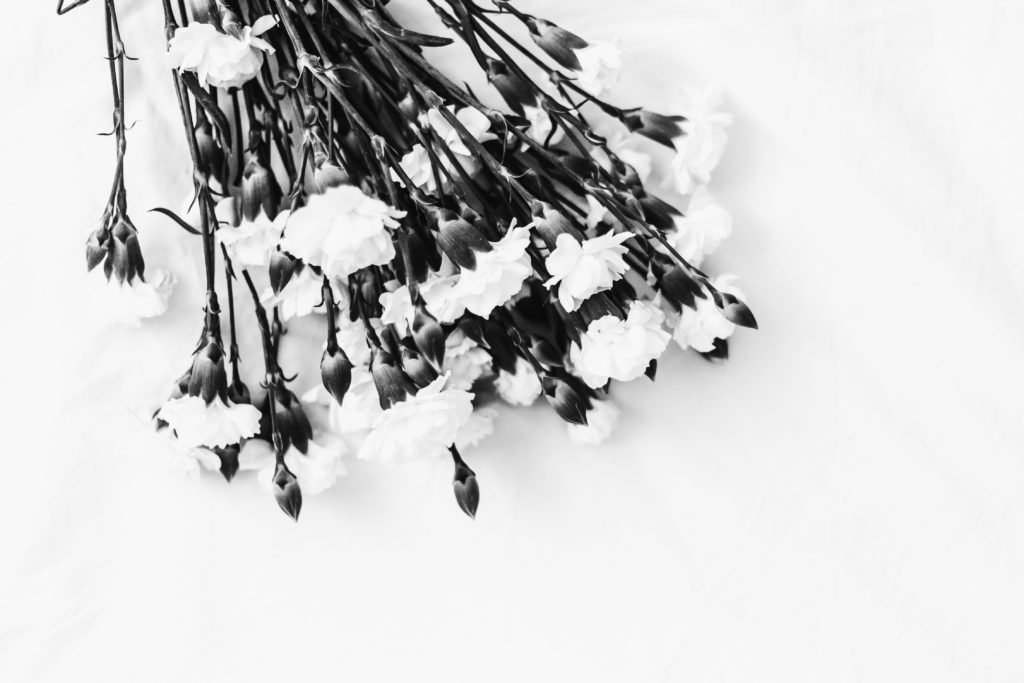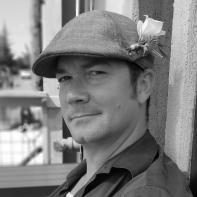
When I wrote the first draft of “The Common Area,” I was in a strange place, figuratively and literally. Having just broken up with and then made up with my girlfriend a few days prior and feeling insecure, I was also on the other side of the world, day one of a two-month study abroad, jet-lagged, hungry, and trying not to be too eager about my first excursion away from America.
That strangeness, the physical and emotional discomfort, made writing “The Common Area” one of the most unique in my writing life: Though I normally revise and revise and revise, never “confident that the phrase first seized is for [me] the phrase of inspiration”—h/t, Agnes Repplier—this essay’s final draft came out more-or-less how it did when I wrote it by hand at 3 a.m. in a basement in Edinburgh, describing in real time the eccentric interaction I had with a stoned Frenchman. Sure, I did clarify a few details, but for the most part, the essay remained true to its original form and content as I transposed it from journal to computer and revised it for publication.
To emphasize the point: this never happens to me. I agonize over drafts. I cut and paste. I kill all the darlings, only to resurrect and kill them again. I have files and files of failed attempts. My first drafts are clunky without regard for transitions or clever juxtapositions. When I finally send a draft out to journals, I agonize over each rejection, seeing what could make my essay tighter. And though “The Common Area” was certainly turned down by several journals, I never felt I could reasonably change much of its original form, content, or conclusions.
So, now, it found its home and I am left to wonder why this essay was such a different experience than the others? The strangeness, certainly, was an important part of it. Ander Monson talks about this in his essay on hacking, describing an exercise for his students where they must write in new places: “I want them to try to feed it [their brain] different stories, different stimuli, in an attempt to get it to generate different sorts of texts.” This new stimuli technique works to make us insecure, much like a child who experiences the world fresh, guileless, and eager to make connections (all reasons to travel regularly). Over the years, my best essays have been ones where I felt insecure in my own knowledge. Since this essay, I’ve written about teaching in Kazakhstan, watching a baby be born, trying to raise that baby with some measure of grace, eating a meal so perfect it could never be replicated, all experiences so odd I was completely unprepared for them. So this was perhaps one key to the “The Common Area’s” uncommon birth: I was grasping for new information, looking at all the new connections coming my way.
Of course, reaching for such ineffable understanding is implied in the word essay’s weighing and measuring, but normally, when I journal or essay, I have to work to get to that measurement. I must first get the facts down and then see how they might connect, but with this essay, I was already in what Amy Leach calls a “guessing mood”—guessing how to connect with others, guessing what I was going to experience while abroad, guessing what would happen with my tenuous girlfriend. And though I still preach and live the gospel of merciless revision, writing “The Common Area” has reminded me that to write an essay, you must be willing to move outside yourself and yet question everything about yourself. This is always what I strive for, but with this essay, it happened while I was also writing, struggling with real-life concerns. It was a reminder, too, that to essay is not just something you write, but a way of approaching the world, sometimes with needful urgency.



